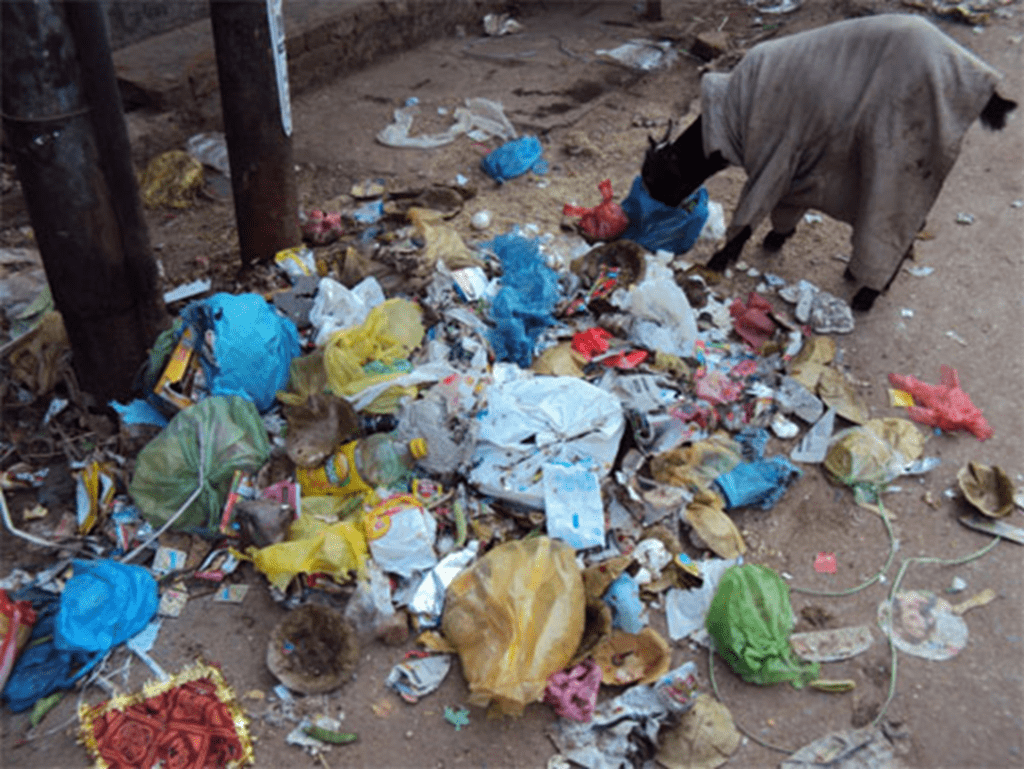
As per The World Bank, more than 5 million tonnes of municipal solid waste are generated per day globally. Out of that, about 2 million tonnes are produced only due to a lack of awareness and management practices. We cannot stop waste production entirely, but a significant reduction is achievable if everyone contributes to reducing it by following the strategies to augment 3R’s principle. Hence, think before you throw anything in the bins. The key question is, what we can do as an individual to reduce it?
3R’s Principle
The 3R’s principle i.e. Reduce, Reuse, Recycle is a well-known concept in waste management that includes:
- 1st R–Reduction is the best option. If we reduce at source, there is a smaller chance of waste generation and the pressure on our already stretched natural resources will reduce.
- 2nd R–Reuse is the next best option, as the product is reused in its current form without any energy expended to convert it into a new item.
- 3rd R-Recycling is the last option, as although it converts waste into a resource, it uses energy to transform that resource into new useable products.

Steps to augment 3R’s
Generally, solid waste is a mixture of degradable and non-degradable packed in confined plastic bags, which is difficult to manage. Since more than 70% of domestic waste is degradable. The waste confined in a plastic bag suppresses the degradation by cutting-off oxygen from the atmosphere. For example, a banana peel can easily degrade within a couple of weeks if it is in the soil. However, if the same banana peel is in plastic bags and then thrown in the soil it will take years to degrade it. Hence, an individual needs to follow some common steps to manage resources effectively and economically.
Common steps to augment 3R’s principle
- Use only as much as you need it. Remember, the intergenerational requirements to sustain natural resources.
- Think before discarding it into the bin whether it is a waste. If it is of no use to you, could someone else use it?
- Reuse the generated grey water to water your garden to reduce the water demand.
- If you are sure the item is not usable in its present form, then only go for recycling.
- Segregate your waste into wet and dry garbage. Wet garbage includes most kitchen waste that is degradable. Most dry garbage is recyclable.
- Avoid the use of non-biodegradable materials.
- Do not litter or throw garbage in public places. Garbage and litter are visual contaminants and cause diseases. Proper disposal of garbage is an important part of waste management.
- Be a conscious consumer and do not buy over-packaged products.
- Try choosing products that are recyclable and organic.
- Use your reusable cloth or jute bags instead of plastic bags.
- Using kitchen wet waste to make compost that can be used as an organic fertilizer.
- Using sewage in a biogas plant to make biofuel.
- One industry’s waste could be a valuable resource for another industry.
- Plastic items are recyclable into new plastic products.
- Open the plastic packet such as the milk packet without separating the small plastic pieces. Remember, small pieces are difficult to recycle into a new product.
Conclusion
Successful implementation of existing legislation is crucial for the overall protection of the environment. However, the solution to all the environmental problems is not only the legislation to protect the environment. For the same, the participation of every individual is very important to managing current environmental issues. This can be easily achievable by following the important strategies to augment 3R’s principle. Remember, your steps are valuable and significant for society and upcoming generations.

